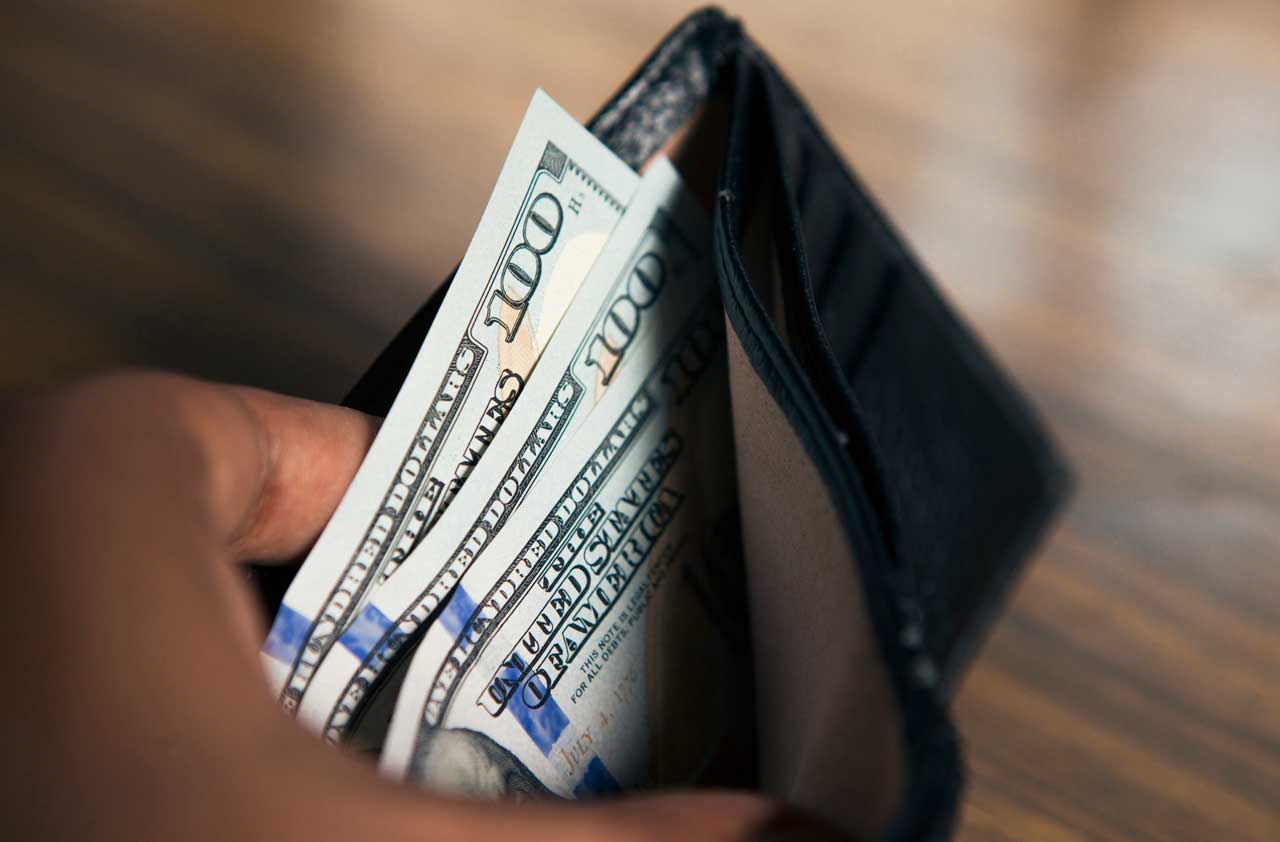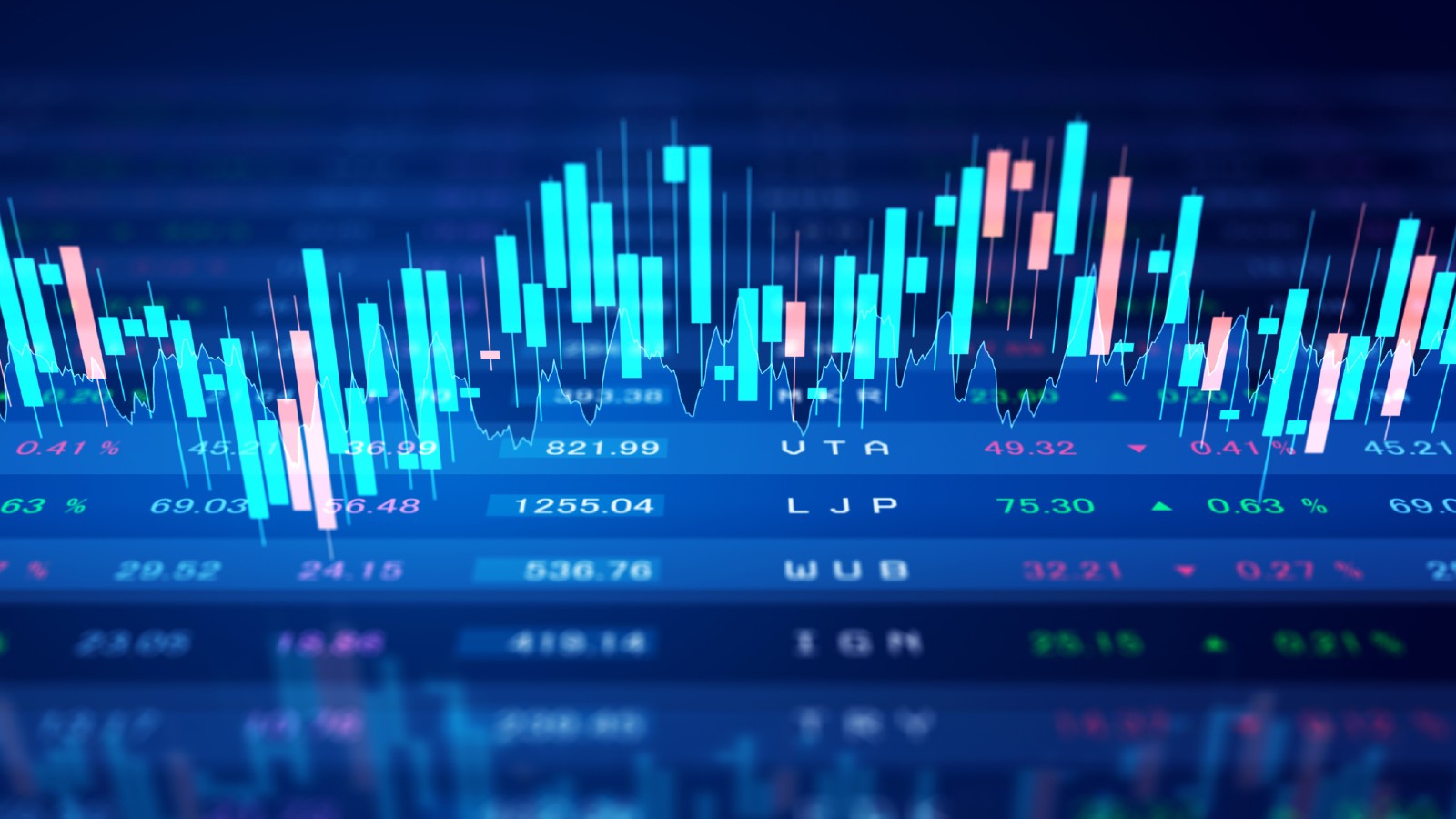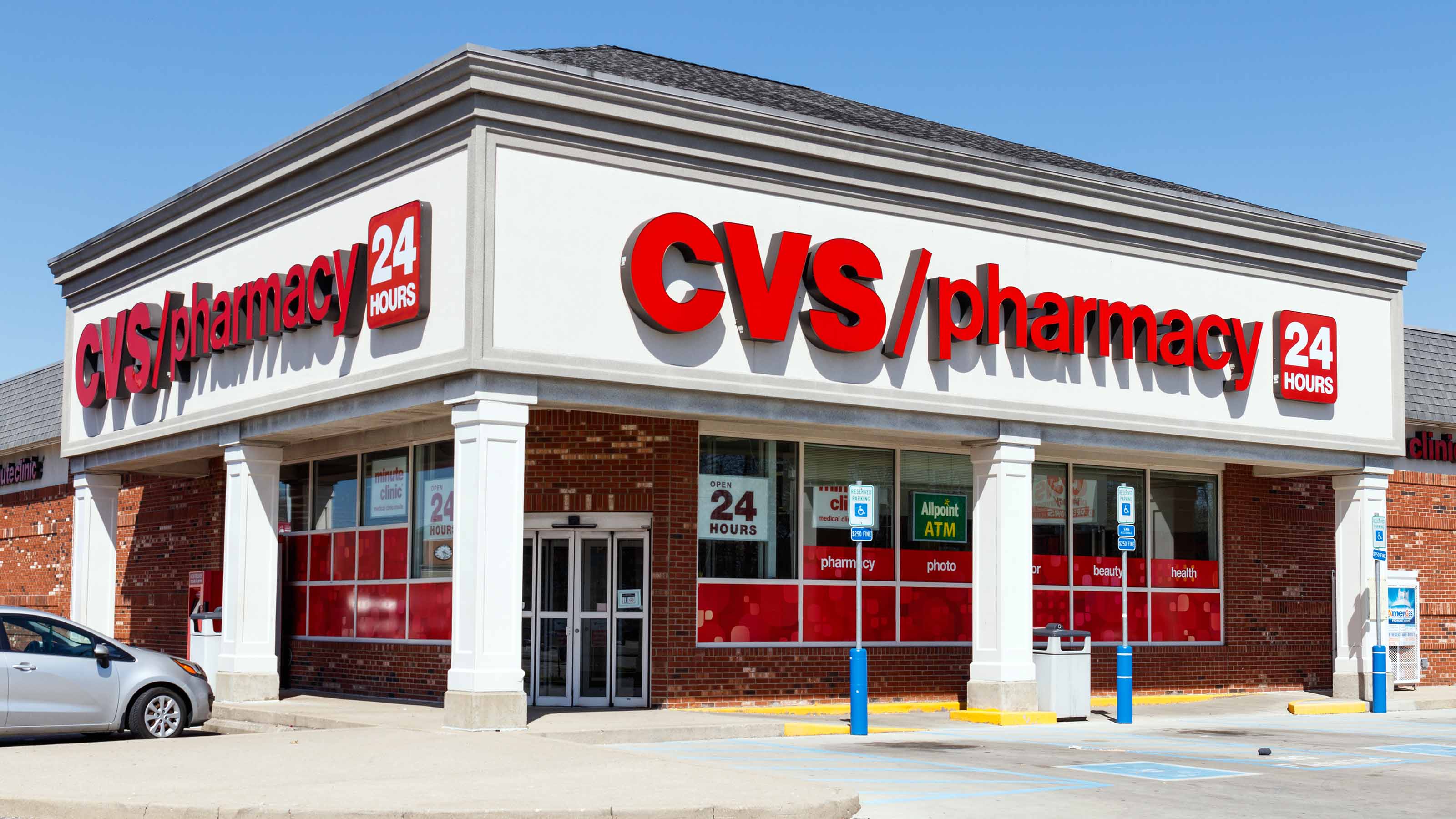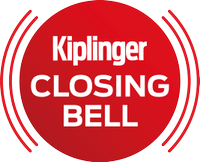6 Dividend Stocks That Are Good for Retirees
We offer a mix of high-yielders and companies with strong dividend-growth prospects.


Wall street is in love with dividend stocks—maybe too much so. The stocks have climbed so much lately that many are starting to look pricey. That means that retirees, in particular, need to be careful about which dividend payers they’re buying if they are trying to both protect and grow their nest egg.
We went hunting for dividend stocks that meet two conditions important to many retirees: first, little risk that the dividend could be cut, and second, reasonable expectations for long-term dividend growth as well as share-price gains.
We found six names worth considering. Some offer relatively high yields but mild dividend-growth prospects; others offer lower yields but strong growth prospects; and the rest are somewhere in the middle, with decent yields and good growth prospects. Share prices and related figures are through March 31. For two more dividend payers that are well suited for retirees, see www.kiplinger.com/links/dividendstocks.

Sign up for Kiplinger’s Free E-Newsletters
Profit and prosper with the best of expert advice on investing, taxes, retirement, personal finance and more - straight to your e-mail.
Profit and prosper with the best of expert advice - straight to your e-mail.
1. CVS Health
U.S. consumers know CVS (symbol CVS, price $104, yield 1.6%) as the second-biggest drugstore chain, after Walgreens. But CVS’s growth strategy has been one of large-scale “vertical” integration in the health care field: delivering services in a variety of ways, including 9,600 retail pharmacies, 1,100 walk-in medical clinics and a drug-benefits manager (Caremark) that serves 75 million plan members. The company has mushroomed from $44 billion in sales in 2006 to $153 billion in 2015. Profits soared from $1.60 per share to $5.16 in the same period, and CVS shares have more than tripled.
CVS’s current yield is modest, but the appeal is long-term growth. Chuck Carlson, publisher of the Big Safe Dividends website, says CVS is a play on “continued growth in health care spending and increased access to health care for individuals.” The company also made its shares more attractive to retirees by expanding its dividend generosity, beginning in 2010. Since then, the annualized payout has jumped from 35 cents per share to the current rate of $1.70, a 386% increase. The latest hike was 21% in February.
Outlook. Although CVS is vulnerable to any sustained weakness in consumer spending, brokerage Barclays says the stock is undervalued relative to expected profit growth of 13% this year and 13% in 2017. As for the dividend, CVS says its goal is to pay out 35% of its annual earnings in cash to shareholders by 2018, compared with 27% in 2015. That suggests more hefty dividend hikes in the next few years.
2. Honeywell International
Building on its existing businesses with acquisitions plus a sharp focus on efficiency, Honeywell (HON, $112, 2.1%) has grown into a highly profitable U.S. manufacturer of industrial goods. It has three main business lines: aerospace, automation and controls, and specialty materials, including refrigerants and resins. In 2015, the company recorded its sixth straight year of double-digit earnings growth, even as total sales slipped 4%, to $38.6 billion, because of weak global demand.
Honeywell has nearly doubled its dividend since 2010. The most recent boost: 15% in December. “Even in a slow-growth global economic environment, Honeywell remains committed to growing our dividend faster than earnings for shareholders,” CEO David Cote told investors last October. The stock’s current yield of 2.1% is in line with the 2.2% yield of Standard & Poor’s 500-stock index, but the primary lure for income investors is the likelihood of above-average future dividend growth.
Outlook. Honeywell’s appetite for expansion presents both opportunity and risk for shareholders. Early this year, the company revealed that it had made merger overtures to United Technologies (UTX). What Honeywell saw in the industrial giant was the chance to wring from it the kind of efficiencies Honeywell has achieved in its own businesses. Though UT, which owns, among other things, aircraft-engine maker Pratt & Whitney and elevator manufacturer Otis, rebuffed the proposal, Honeywell could be in the market for another big acquisition. But even without a major deal, says Morningstar, Honeywell’s three divisions (particularly its aerospace unit) have carved themselves “wide economic moats” that could ensure healthy profit growth for years to come.
3. Johnson & Johnson
J&J (JNJ, $108, 2.8%) is the world’s largest diversified health care company, generating annual sales of about $70 billion from prescription drugs, medical devices and consumer products, including Tylenol and Band-Aid brands. Earnings hit a record in 2014 before slipping in 2015, hurt by weakness in some of the device businesses and by the strong dollar. Last year’s setback notwithstanding, research firm S&P Global Market Intelligence says J&J has “unmatched depth and breadth in growing global health care markets.”
J&J is a member of a small club dubbed the Dividend Aristocrats by Standard & Poor’s. The 50 blue-chip companies in the group have raised their dividends every year for at least 25 years—a record that makes the companies natural favorites of many retiree investors. In J&J’s case, the streak of consecutive dividend hikes is now 53 years. The payout has grown 39% over the past five years, including a 7.1% boost last June. Backstopping the dividend is J&J’s huge free cash flow (the cash its businesses generate after subtracting capital expenditures). That immense cash-generating power is one reason J&J is one of just three U.S. firms with the top, triple-A credit rating (the others are ExxonMobil and Microsoft).
Outlook. J&J gave an upbeat forecast for 2016 in January, projecting growth in operating earnings of as much as 7.7% from 2015. It also announced a restructuring of its medical-devices unit. Brokerage RBC Capital Markets says the company has high hopes for 10 new prescription drugs in its pipeline, including treatments for psoriasis and prostate cancer. “We are confident that J&J is going to be one of the fastest-growing drug companies over the next three years,” RBC says. That could be a big plus for dividend growth.
4. 3M
3M (MMM, $166, 2.7%)has long been the glaring exception to the rule that a company should “do one thing and do it well.” The firm makes more than 55,000 products for consumers and businesses, from its world-famous Scotch tapes to advanced ceramics for industry. That product portfolio brought in $30.3 billion in sales in 2015. Morningstar says 3M’s genius lies in its ability over time to “tweak technology to serve specific needs,” repeatedly coming up with new niche products across its four main sectors of abrasives, adhesives, coatings and filters. As with many U.S. multinationals, 3M’s sales were down last year as the strong dollar devalued foreign results. But per-share earnings hit a record $7.58, thanks to stock buybacks.
The same strong cash flow that has funded 3M’s stock buybacks also supports its dividend. 3M, like Johnson & Johnson, is a Dividend Aristocrat, having raised its payout 57 straight years. The most recent increase, an 8.3% boost in March, lifted the payout to an annualized $4.44 per share.
Outlook. 3M seems poised to continue its streak of dividend hikes in the next few years. But with the shares richly priced, at 20 times estimated 2016 earnings per share, investors need to have a long-term view. 3M is also a good way to play an economic recovery in emerging markets, from which the company derives more than one-third of its sales. If the dollar continues to weaken against many foreign currencies, as it has so far this year, 3M’s bottom line should benefit.
5. Verizon Communications
As the nation’s biggest wireless-telecommunications firm, with 112 million retail customers, Verizon (VZ, $54, 4.2%) offers a service that many people simply can’t live without. But after years of strong growth, the U.S. wireless market is maturing. Couple that with heated competition from rivals such as AT&T (T) and T-Mobile (TMUS), heavy capital spending on new technology, and a high debt load, and it isn’t surprising that Verizon warns that it’s hitting a profit wall. Verizon expects 2016 profits to “plateau” near last year’s level. And analysts expect only slight improvement in 2017.
The good news for investors who want an above-average yield is that Verizon’s payout, currently an annual rate of $2.26 per share, appears safe. The disbursement is equivalent to 57% of Verizon’s 2015 earnings, a comfortable percentage for a relatively stable business. More important, Verizon generates enough free cash flow to cover the dividend.
Outlook. Verizon’s warning about flat earnings naturally raises questions about future dividend growth. Hikes in recent years have been modest; the last one was a 2.7% boost in November. Although the company’s cash flow gives it leeway to raise the payout further, this stock is for investors who care more about current yield and safety than strong near-term profit and dividend growth. At the same time, any pullback in the stock would make it more attractive from two angles. First, the dividend yield would rise, and second, investors would get a cheaper entry point for a company that is investing heavily in new telecom services to fuel long-term growth.
6. Wal-Mart Stores
Wal-Mart (WMT, $68, 2.9%) is fighting to be a growth stock again. The world’s largest retailer has continued to rack up increased sales, which now near a half-trillion dollars annually. But net income of $14.7 billion in the fiscal year that ended in January was $1 billion less than what the firm earned four years earlier. Wal-Mart is battling intense price competition from dollar stores at the brick-and-mortar level and from Amazon.com (AMZN) in cyberspace. What’s more, its moves to raise workers’ wages have further squeezed profits.
The dividend provided a firewall of sorts as Wal-Mart shares crumbled to as low as $56 in December. At the stock’s bottom, the yield was a hefty 3.5%. That was attractive enough to buyers who figured that, if nothing else, the dividend was safe. That’s a good bet. Wal-Mart said in February that it expects to earn $4 to $4.30 per share in the January 2017 fiscal year. At the current dividend rate of $2 per share, Wal-Mart is paying out just half of the low end of its profit forecast.
Outlook. Kelley Wright, managing editor of the Investment Quality Trends newsletter, says the shares remain “vastly undervalued.” One encouraging sign is that sales at Wal-Mart’s U.S. stores that have been open at least a year—an important measure for assessing retailers—have risen for six straight quarters. The dividend could be another good barometer for Wal-Mart’s prospects: The company has raised the annual per-share dividend rate just 4 cents a year in each of the past three years. A bigger hike could signal growing confidence that the company’s fortunes have turned.
Get Kiplinger Today newsletter — free
Profit and prosper with the best of Kiplinger's advice on investing, taxes, retirement, personal finance and much more. Delivered daily. Enter your email in the box and click Sign Me Up.

-
 2026 Disney Dining Plan Returns: Free Dining for Kids & Resort Benefits
2026 Disney Dining Plan Returns: Free Dining for Kids & Resort BenefitsPlan your 2026 Walt Disney World vacation now. Learn about the returning Disney Dining Plan, how kids aged three to nine eat free, and the exclusive benefits of staying at a Disney Resort hotel.
By Carla Ayers
-
 How Can Investors Profit From AI's Energy Use?
How Can Investors Profit From AI's Energy Use?Global energy demand is expected to grow by leaps and bounds over the next several years as AI usage accelerates. Here's how to get a piece of the pie.
By Jacob Schroeder
-
 Stock Market Today: Tariff Talks Drive Another Up-and-Down Day
Stock Market Today: Tariff Talks Drive Another Up-and-Down DayTrade war negotiations are happening, but the "fear gauge" is gyrating, and investors, traders and speculators are still searching for signs of a bottom.
By David Dittman
-
 How to Hedge Against Trump's Tariffs
How to Hedge Against Trump's TariffsDonald Trump is taking action on tariffs and this could have a big impact on public companies. Here's how investors can prepare.
By James K. Glassman
-
 Why Is Warren Buffett Selling So Much Stock?
Why Is Warren Buffett Selling So Much Stock?Berkshire Hathaway is dumping equities, hoarding cash and making market participants nervous.
By Dan Burrows
-
 If You'd Put $1,000 Into Google Stock 20 Years Ago, Here's What You'd Have Today
If You'd Put $1,000 Into Google Stock 20 Years Ago, Here's What You'd Have TodayGoogle parent Alphabet has been a market-beating machine for ages.
By Dan Burrows
-
 Stock Market Today: Stocks Rally on Strong Netflix Earnings
Stock Market Today: Stocks Rally on Strong Netflix EarningsMega-cap tech leads the charge as markets rise for a sixth straight week.
By Dan Burrows
-
 CVS Stock Falls After Karen Lynch Ouster: What to Know
CVS Stock Falls After Karen Lynch Ouster: What to KnowCVS stock is lower Friday after the embattled healthcare company said Karen Lynch is out as CEO, effective immediately
By Joey Solitro
-

 Stock Market Today: Stocks Drop, Oil Spikes After Iran Attacks Israel
Stock Market Today: Stocks Drop, Oil Spikes After Iran Attacks IsraelA massive port strike and dismal economic data also weighed on the main indexes Tuesday.
By Karee Venema
-
 Is CVS Health About to Break Up? Here's What We Know
Is CVS Health About to Break Up? Here's What We KnowCVS Health stock is lower Tuesday on reports the healthcare company is conducting a strategic review of its operations, which includes a potential breakup.
By Joey Solitro